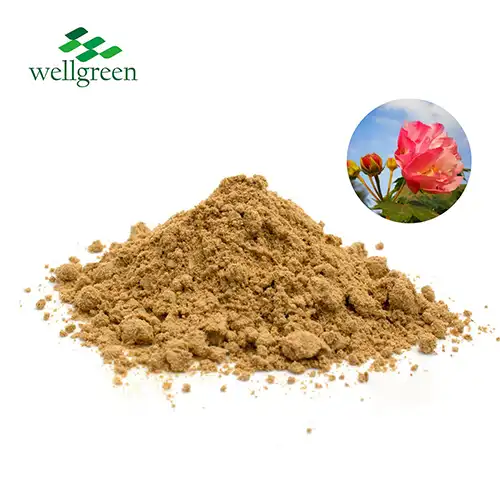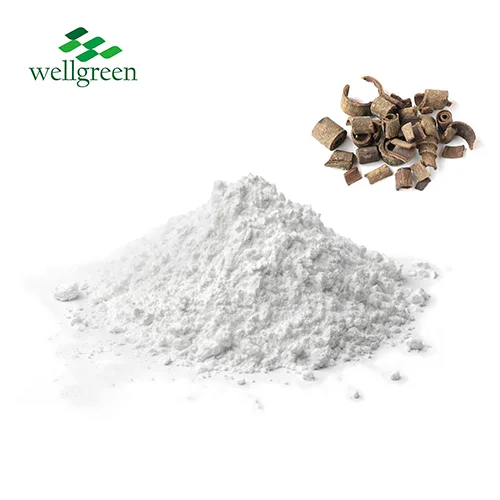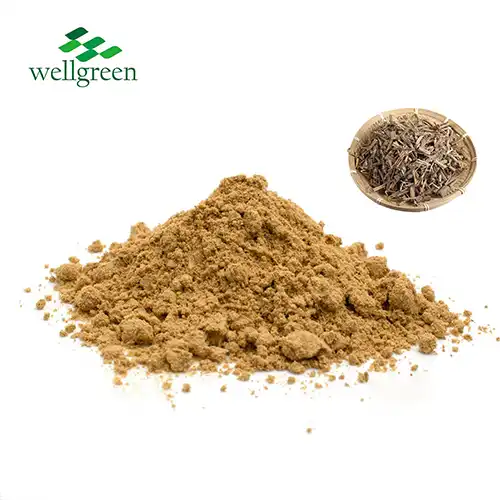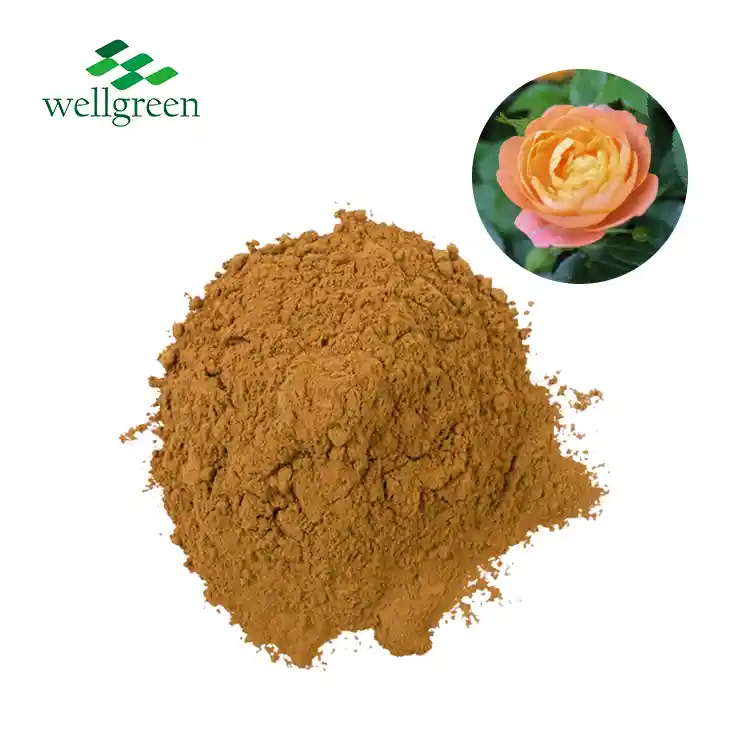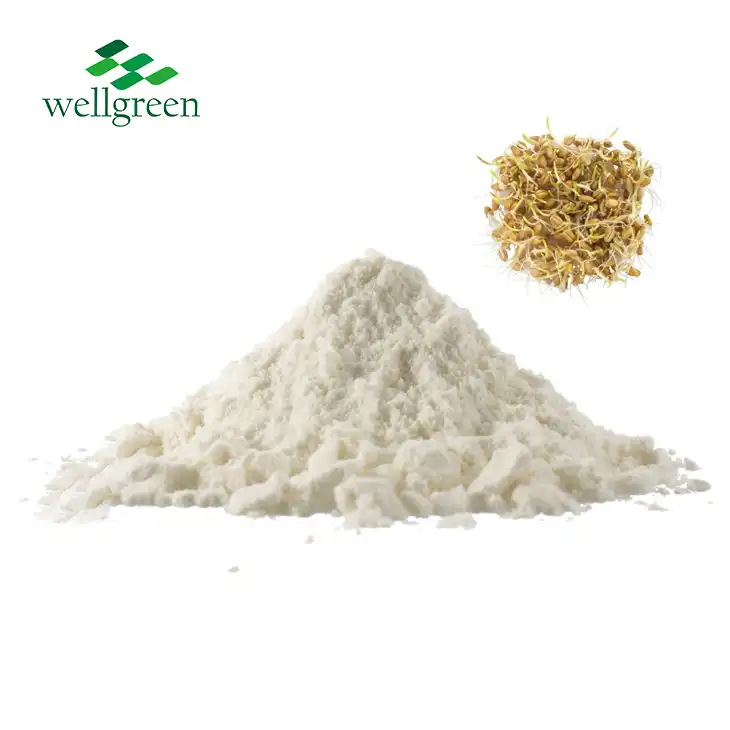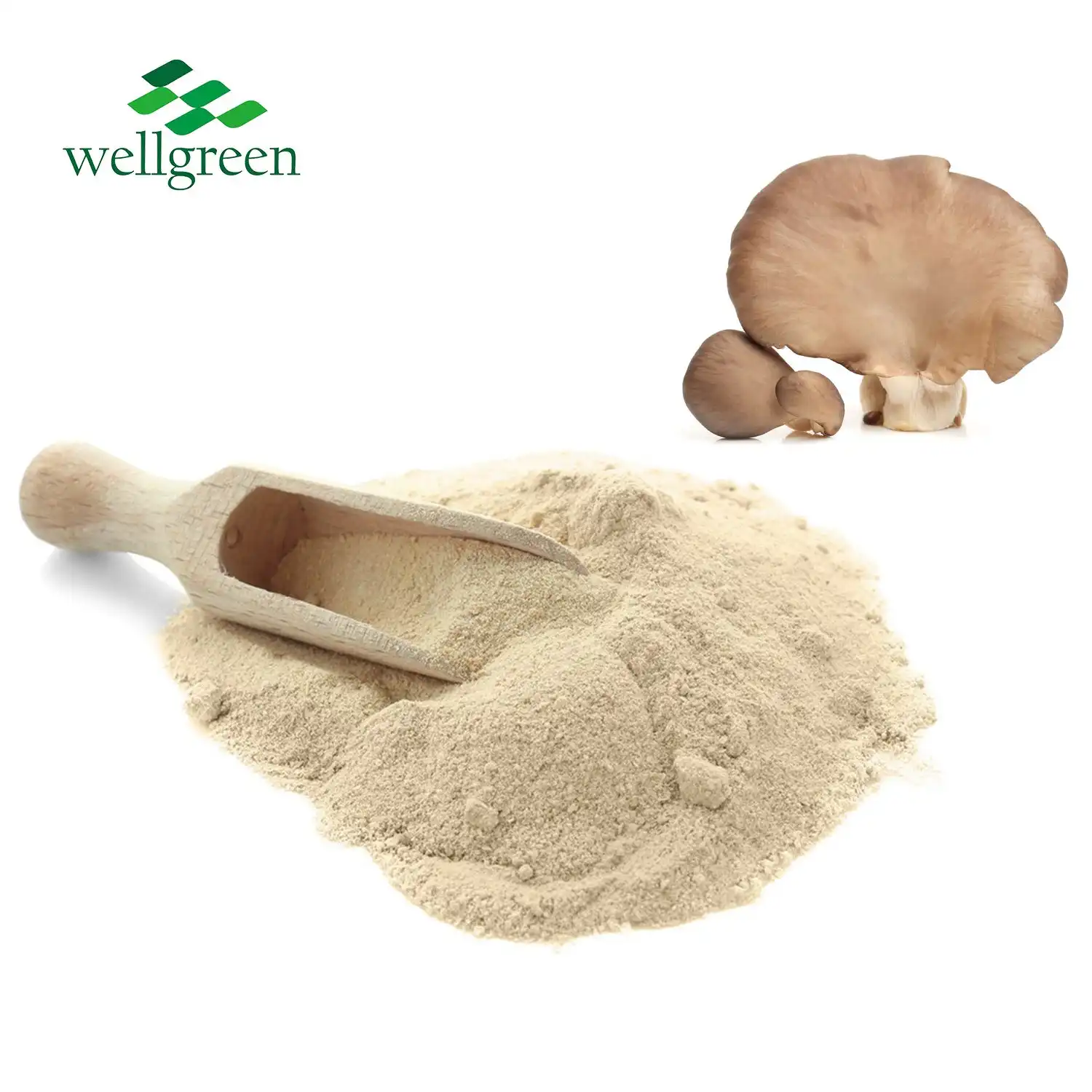How to Make Matcha Powder?
2023-11-28 10:27:53
Matcha powder is renowned for its bright green color, robust umami flavor, and high antioxidant levels. Authentic matcha is uniquely made from shade-grown green tea leaves that are hand-picked, steamed, dried, stemmed, deveined, and stone-ground into a fine powder. This delicate and artistic traditional Japanese process transforms simple tea leaves into precious matcha. This article will explore how genuine matcha powder is made.
Introduction
Matcha is a cornerstone of the centuries-old Japanese tea ceremony. The powdered green tea has also become popular around the world in beverages, foods, beauty products, and more. What makes matcha so distinctive? It starts with traditional cultivation, harvesting, and processing techniques that maximize taste, nutrition, and health benefits. By understanding how matcha powder is made, you can better appreciate each sip.
Understanding Matcha Powder
Matcha comes from the leaves of Camellia sinensis, the tea plant. But unlike other green teas, matcha contains the entire leaf pulverized into a bright green, fine powder. So when you drink matcha, you ingest the whole leaf.
This provides higher concentrations of compounds like amino acids, catechins, vitamins, minerals, and antioxidants compared to steeping regular tea bags (1). The combination of these nutrients gives matcha its intense umami flavor, vivid color, and excellent health properties.
Matcha powder has also long held cultural and ceremonial significance in Japan, playing a central role in the traditional tea ceremony. The craft involved in its production is an art form passed down through generations.
The Process of Making Matcha Powder
.jpg) Creating matcha is a careful, multi-step process:
Creating matcha is a careful, multi-step process:
1. Tea plants are grown and harvested using special techniques to maximize taste, color, and nutrition.
2. The prime leaves are steamed, dried and de-stemmed.
3. The veins and stems are removed.
4. The leaves are stone-ground into a fine, bright green powder.
5. The powder is sifted to remove any coarser particles.
It takes approximately one hour to grind just 30 grams of matcha powder by hand. The attention and precision involved
underscores matcha’s specialness.
Cultivation and Harvesting Techniques
The quality of the tea leaves themselves sets the foundation for exceptional matcha. Farmers use careful cultivation and harvesting methods:
- Tea plants are covered for weeks before harvest to increase chlorophyll and amino acid levels.
- Only the youngest, most tender tea leaves are hand-selected for matcha production.
- The best leaves are picked early in the spring season for ideal flavor.
- Great care is taken not to damage the leaves during the harvest.
- The average yield from each plant is only around 15 grams of matcha powder (2).
This meticulous, low-impact approach results in more aromatic, sweeter, and vibrantly green matcha.
Processing and Grinding Tea Leaves
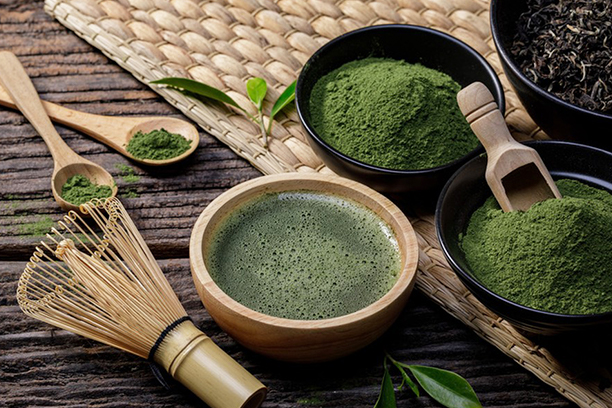 After harvest, the magic happens through meticulous processing:
After harvest, the magic happens through meticulous processing:
- Tea leaves are briefly steamed to prevent oxidation and preserve color and nutrients.
- Leaves are air-dried, then deveined and destemmed.
- Leaves are inspected and sorted for quality.
- Batches are stone-ground in climate-controlled rooms to protect flavor.
- Grinding is a slow, labor-intensive process that takes up to one hour per 30 grams.
- The powder is sifted using traditional mesh sieves.
This handcrafted approach provides superior matcha compared to mass production methods. The stone-grinding preserves the integrity of the whole leaves to deliver a fresher, smoother powder.
Sourcing and Selecting Matcha Powder
For those who don’t make their own, what should you look for in store-bought matcha?
- Choose single-origin Japanese matcha for authenticity.
- Select organic to avoid pesticides.
- Look for first-harvest spring matcha for the best flavor and quality.
- Read the label closely and ask sellers questions to ensure proper processing.
- Seek out reputable specialty retailers committed to small-batch production.
- Choose ceremonial grade for the freshest, most nuanced flavor.
Buying high-quality matcha can provide a genuinely moving experience and pronounced health benefits.
Making Matcha Tea
To make traditional matcha tea, follow these steps:
- Place 1-2 teaspoons of matcha powder in a matcha bowl or cup.
- Add 2 ounces of hot water around 175°F.
- Using a bamboo whisk, briskly whisk the matcha powder and water in a zigzag motion until frothy.
- Drink and enjoy immediately for optimal freshness and taste.
The proper tools and techniques are key to creating the bright green foam prized in Japanese tea ceremonies.
Exploring Culinary Uses of Matcha Powder
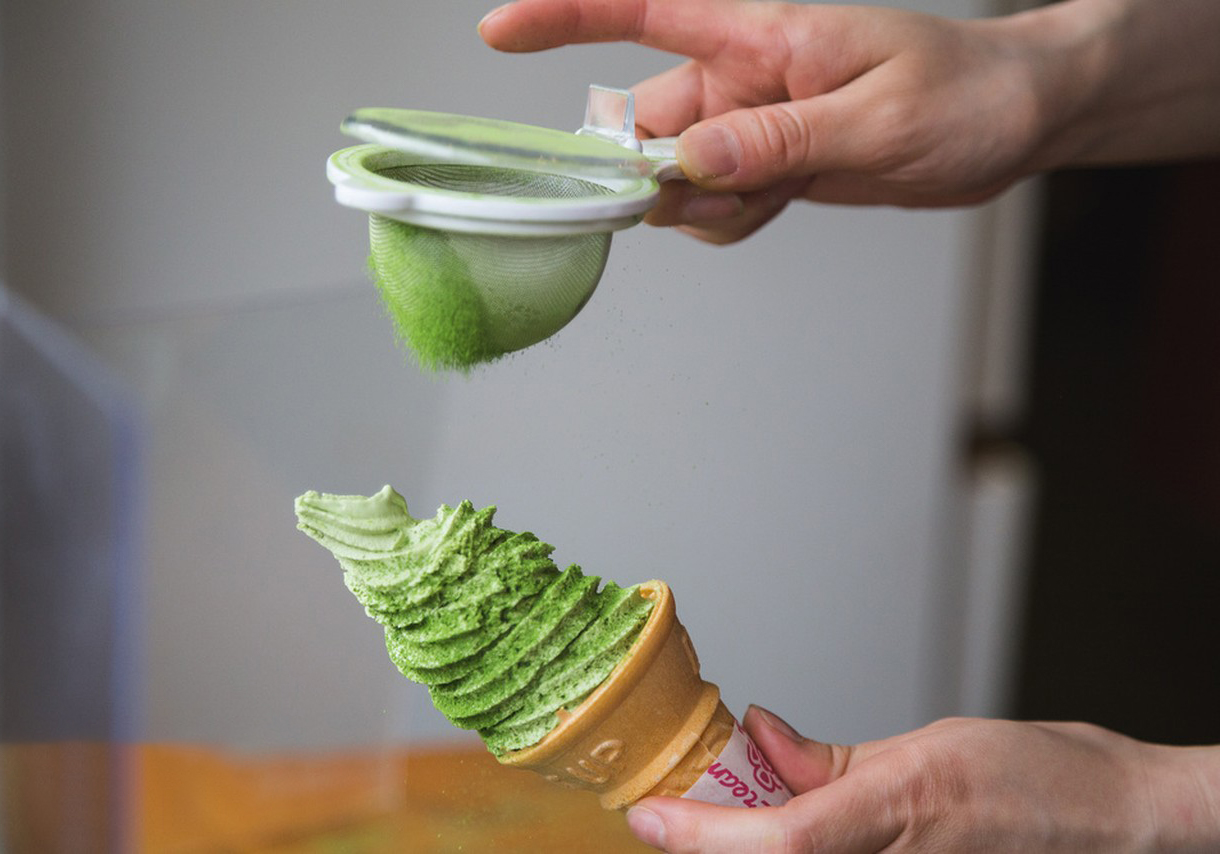 In addition to traditional tea preparation, culinary uses of matcha powder keep expanding. Try:
In addition to traditional tea preparation, culinary uses of matcha powder keep expanding. Try:
- Mixing matcha into smoothie bowls or milkshakes
- Making matcha ice cream, panna cotta, or chocolate truffles
- Adding matcha to cake, cookies, muffins or bread recipes
- Infusing matcha into broths, aioli, dressings, or other savory items
Matcha works wonderfully in creative desserts, confections, breakfasts, and beverages. Let your imagination run wild!
Can you grind up green tea to make matcha?
It’s best not to substitute regular green tea leaves for true matcha production. Matcha comes from specially grown and harvested Camellia sinensis for:
- Higher amino acid levels from shaded cultivation (3)
- More tender, flavorful young leaves picked in early spring
- Minimal oxidation since leaves are steamed not pan-fired
- Precision stone-grinding technique to make micro-fine powder
So while you can grind regular green tea into a powder, it won’t replicate the vibrant color, complex flavor, or health properties of genuine matcha. Stick to traditional Japanese matcha-making methods.
What are the ingredients in matcha powder?
Authentic matcha powder contains just one single ingredient - ground green tea leaves. No other additives, flavors, or fillers are present.
The leaves used are from the Camellia sinensis plant and undergo a specific cultivation, harvest, and processing protocol. This results in a fine, bright green tea powder that is 100% pure and additive-free.
Quality matcha powder delivers a pure infusion of amino acids like L-theanine and catechins like EGCG that contribute to its nutritional profile and health benefits.
Does boiling water destroy matcha?
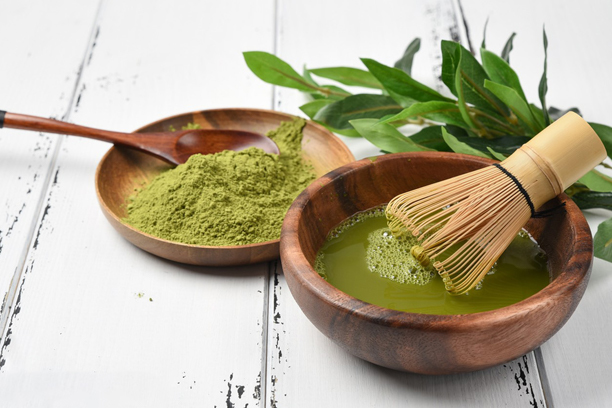 Boiling water can damage some of the delicate flavors and nutrients in matcha powder. Traditional matcha preparation avoids boiling water since this results in a more bitter, astringent brew.
Boiling water can damage some of the delicate flavors and nutrients in matcha powder. Traditional matcha preparation avoids boiling water since this results in a more bitter, astringent brew.
For best results, use hot water around 160-180°F. This helps extract the herbal flavors and healthful compounds effectively without degrading them. Bring water just to a simmer then let it sit briefly before using.
Using the proper water temperature is key to making a great matcha with a vibrant green color and smooth umami taste. Don't boil your matcha!
Should I make matcha with water or milk?
Both pure water and milk can be suitable options for making matcha depending on your preferences:
- Water allows you to appreciate the true vegetal flavors of ceremonial-grade matcha powder.
- Non-dairy milk provides a richer, sweeter backdrop for the matcha that is great for lattes.
- Combining milk and water creates a smooth, well-rounded cup with some natural sweetness.
- Adding milk may decrease the absorption of some nutrients like EGCG (4).
Consider when and how you want to drink your matcha as you choose between water and milk. Ultimately, there is no absolute right or wrong way to prepare and enjoy matcha!
Conclusion
Creating authentic matcha is an artisanal process that results in an exceptional tea packed with flavor and health properties. The unique cultivation, harvesting methods, and stone-grinding techniques enhance the vivid green color, aromatic taste, and nutritional density valued in Japanese matcha powder. By understanding how this precious tea is made, you can better appreciate every cup of matcha and discover creative ways to incorporate it into your life.
WELLGREEN is an innovation-driven manufacturer of herbal extracts since 2011 certified by ISO9001:2015, ISO22000, HALAL, KOSHER, HACCP, and Organic Certificate. If you need Bulk Organic Matcha Powder, please contact us immediately, at E-mail:wgt@allwellcn.com We can supply customized service as per your request.
References:
1. https://www.ncbi.nlm.nih.gov/pmc/articles/PMC9791535/
2. https://www.perfectmatcha.ca/blogs/news/how-matcha-is-made
3. https://www.ncbi.nlm.nih.gov/pmc/articles/PMC4787341/
4. https://www.healthline.com/nutrition/matcha-tea#preparation

